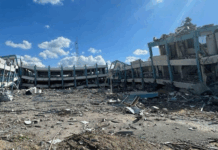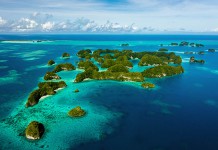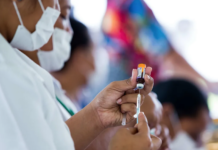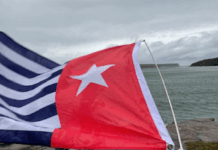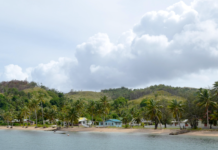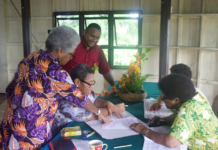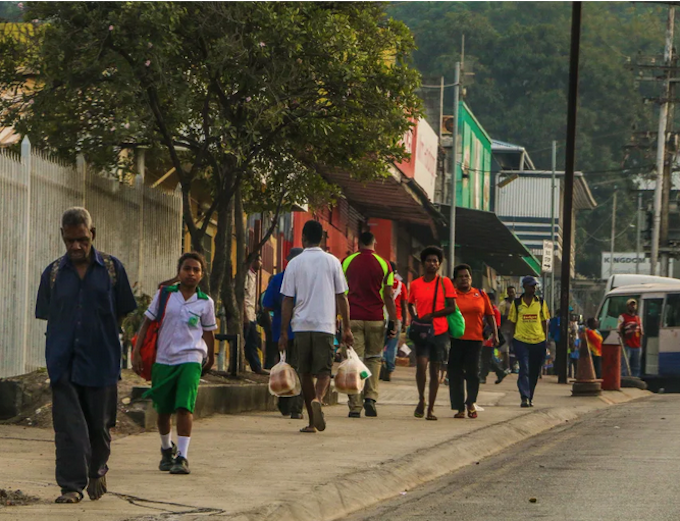
Papua New Guinea’s population has passed the 10 million mark, according to the final figures from the 2024 Population Census released by the country’s statistics office.
The PNG census began on 16 June 2024 and concluded in late October, more than three months after its original deadline. The process was marred by a host of administrative and logistical issues.
A PNG academic said in October 2024 that the 2024 Census, which included only six questions, failed to meet the United Nations benchmark standards for reliable census data.
“Without timely and accurate census data, it will be impossible to create a reliable common roll or implement the planned biometric voting system by 2027 for the national election, which will require even greater coordination and efficiency,” wrote Michael Kabuni, a PhD student at the Australian National University and a former lecturer at the University of PNG.
The PNG National Statistical Office reported that there were 10,185,363 people in the country on census night.
According to the 2024 National Population Census Final Figures booklet, this represents a 40 percent increase compared with the previous population count in 2011, when the population was 7,275,324.
The report stated the average population annual growth rate since the 2011 Census was 2.6 percent.
“Annual growth rate since the 2011 Census is higher (3.1 percent) but is likely to be artificially inflated because of non-demographic factors such as higher undercounting in 2000 and improvements to the 2011 and 2024 Census coverage methods.”
The census figures also reveal that there are more males (5,336,546) than females (4,848,546), representing approximately 110 males for every 100 females.
The average household in PNG was five people.
“Since the first official census in 1980, five years after independence, there have been an additional 7.2 million people added from 3.0 million in the last 44 years.”
The census found that, of the 22 provinces that make up PNG, Morobe recorded the highest population with almost a million people, followed by the Eastern Highlands province with 800,072 people.
Of PNG’s four regions, Highlands account for 35.7 percent of the total population, followed by Momase (27 percent), then the Southern and Islands regions.
This article is republished under a community partnership agreement with RNZ.





